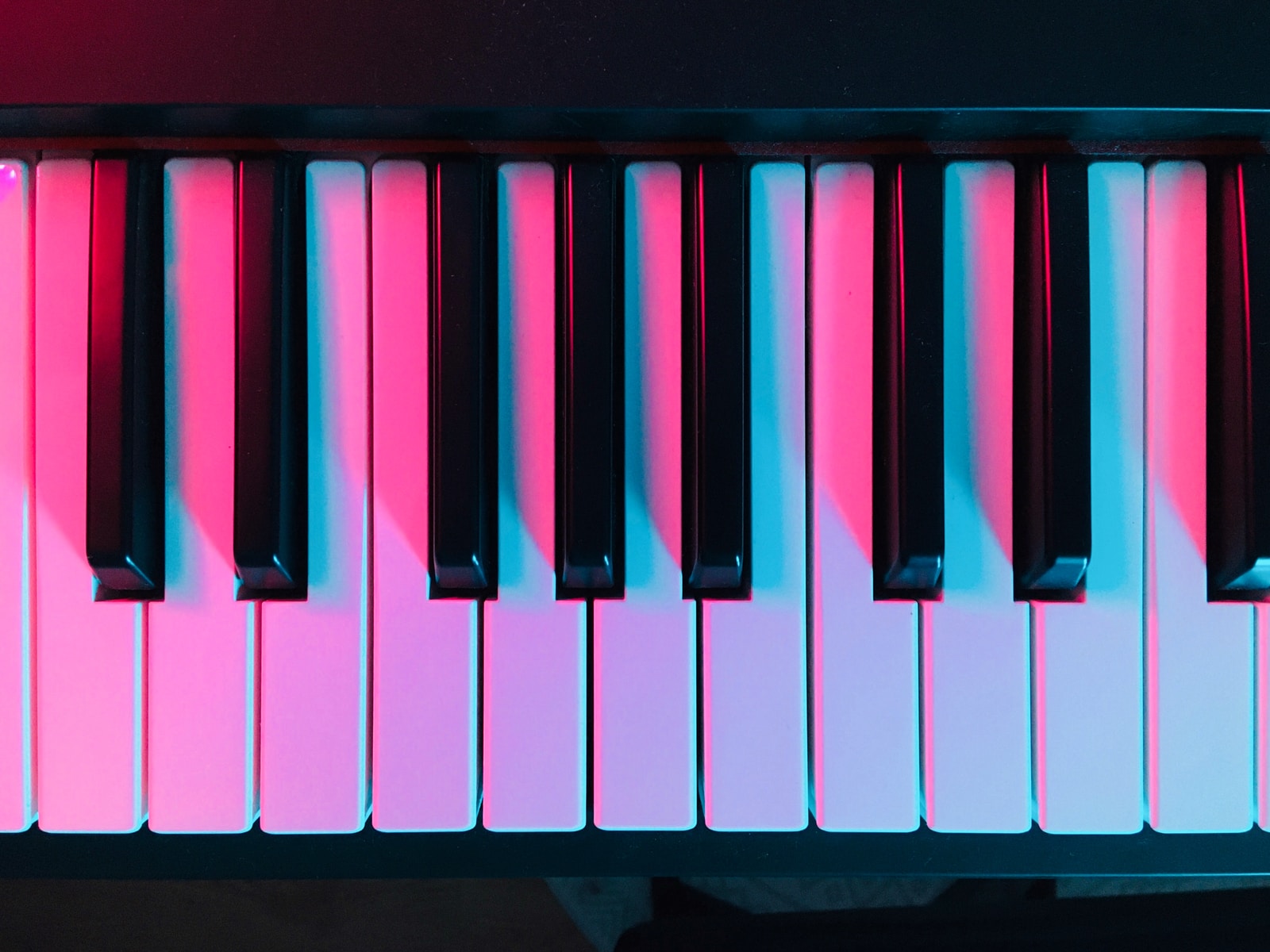When it comes to starting out as a producer, one of the most important considerations is whether or not to get a MIDI keyboard. It’s tough to tell whether or not buying a MIDI keyboard is a good purchase. A MIDI Keyboard can enrich your Ableton experience and help you produce better music, whether you’re a natural behind the keys or just learning the basics. The correct MIDI Keyboard may speed up your production process and teach you new ways to use Ableton. In this tutorial, we’ll go through the advantages of buying a MIDI keyboard and help you choose the one that’s right for you.
Do You Need a MIDI Keyboard?
No, is the quick response. Ableton does not need the usage of a MIDI keyboard. Without a MIDI Keyboard, you can use all of Ableton Live’s tools, plug-ins, and features. Ableton includes a virtual keyboard that you may control using your computer’s keyboard.
Reasons for Buying
A MIDI keyboard is not mandatory, however, it is highly recommended. Purchase of a MIDI Keyboard is a great purchase for all Ableton users for the following reasons:
Performing: adding a MIDI Keyboard to your live performances gives them a whole new level. Using your Ableton Live MIDI Keyboards, you may cycle between instrument presets, alter settings in real-time, recall banks instantaneously, and more. Drum pads, which are great for playing live drums or triggering one-shot samples, are common elements of a MIDI keyboard. Using Ableton Live’s mapping tools, you can create full live concerts using a MIDI keyboard.
Experimenting: MIDI keyboards allow musicians to explore sounds in a direct and palpable way. Use a variety of resources at your disposal to stoke creativity and generate new ideas. Because your MIDI Keyboard and equipment plugins work together, you can swiftly cycle between banks of instrument presets and create chords, melodies, basslines, and drum beats.
Realistic feel: A MIDI Keyboard may assist create a genuine and human-like feel for live performances or recording. While utilizing the mouse and computer keyboard to imitate human-like features is conceivable, nothing compares to the inherent faults of a live recording. Using the practical, hands-on technique of a MIDI Keyboard, raise the instrumental layers of your creations.
The perfect accessory for a studio: In a music studio, a MIDI keyboard is one of the most well-known pieces of gear. In many studios across the globe, a MIDI Keyboard is used in conjunction with a computer and a set of studio monitors. You can’t really go wrong with a MIDI keyboard if you’re searching for a useful and attractive addition to your studio.
Which One to Buy?
There’s a MIDI Keyboard for any type of producer, whether you’re seeking mobility, cost-effectiveness, or a certain amount of keys. While a keyboard with more functions would usually cost more, there are numerous possibilities for Ableton users on a budget. Here are some of the main things you should look for when buying a MIDI Keyboard.
- The amount of keys is perhaps the most important consideration when buying a MIDI keyboard. The number of keys on a keyboard can be 25, 32, 49, 61, or 88. The number of keys you can afford is typically determined by your budget. The amount of keys on a MIDI keyboard also impacts its mobility — the fewer the keys, the more portable the keyboard.
- When buying a MIDI keyboard, you should also think about whether you like weighted or unweighted keys. Weighted keys react like a typical piano, whereas unweighted keys are simpler to press down. We would recommend trying out both alternatives to determine which type of keys you like.
- Drum Pads are a popular feature on many MIDI keyboards which you should seek for. They are used to produce rhythms and trigger samples. They’re ideal for experimenting with live drums and capturing them for your tunes. Many drum pads are velocity-sensitive, allowing you to add expressive dynamics to your playing.
- Manually adjusting settings and creating live automation using faders and knobs is a terrific way to go. Faders and knobs are often used to adjust volume or EQ, although they may be mapped to nearly any function in Ableton Live. You can have more control over instrument presets and live performances thanks to them.
- If you’re a traveling musician or produce music on the go, portability is likely to be a key consideration when selecting a MIDI keyboard. The weight and quantity of keys on a keyboard are the two elements that define how portable it is.
To someone who is new to the realm of music creation, MIDI might be a difficult concept to grasp. Although there are still numerous methods to make music without using a MIDI keyboard or controller, their potential to boost creativity and streamline productivity in every music studio is reason enough to invest in one.


